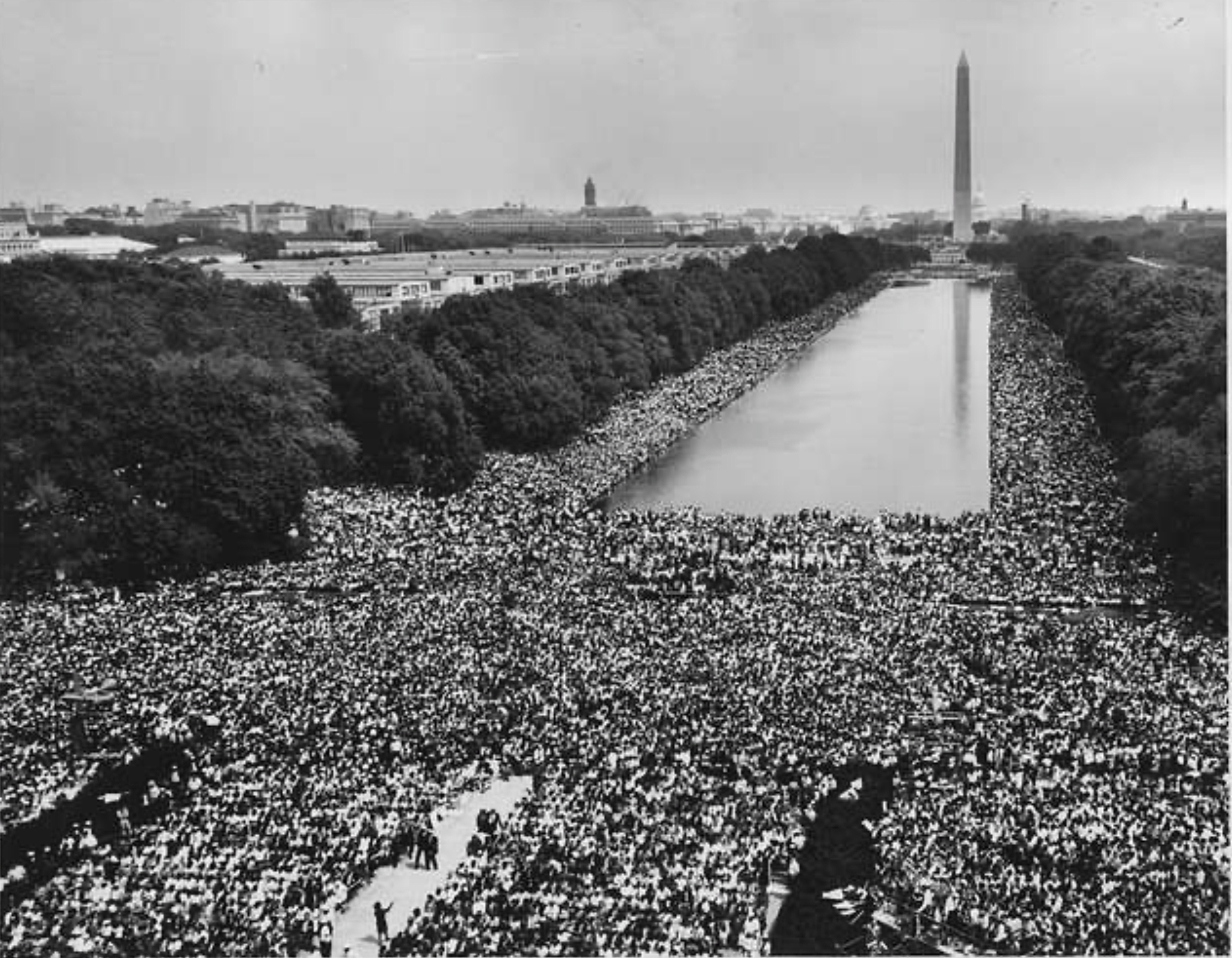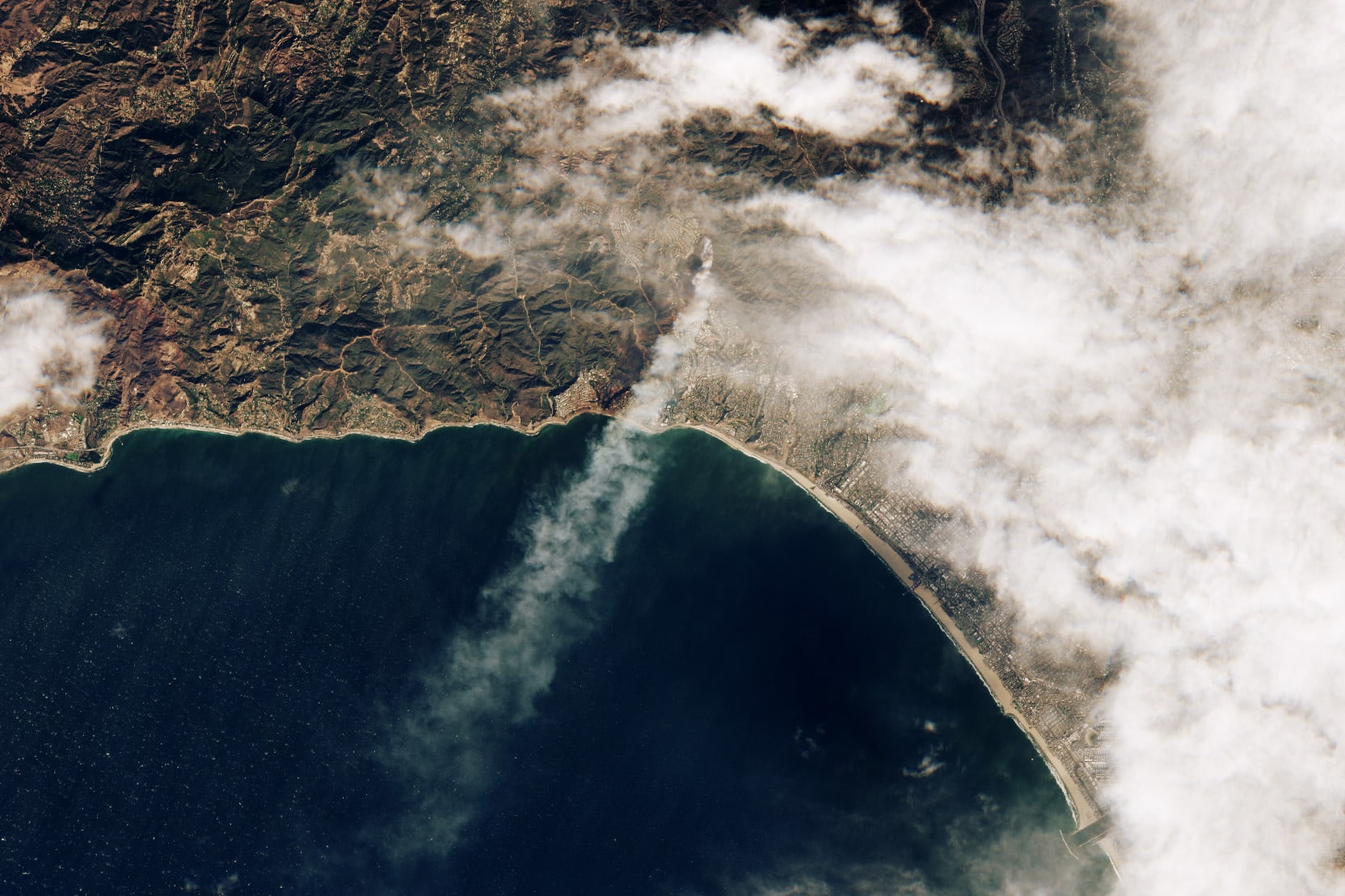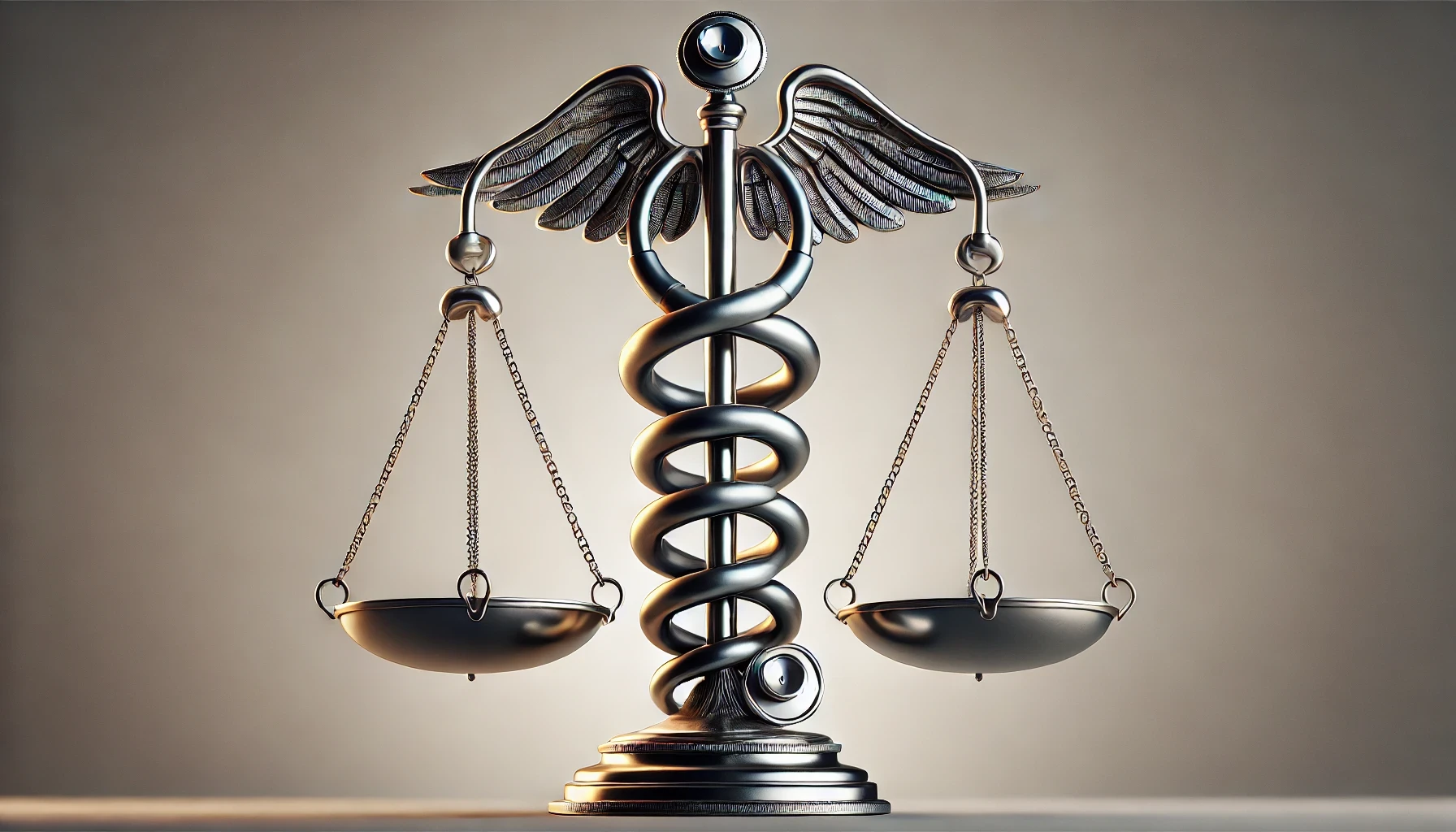Causes.com
| 6.8.23

Thousands in Russia and Ukraine Displaced After Kakhovka Dam Collapsed
Do you think the U.S. should be doing more to help Ukraine?
Updated June 8, 2023
- The Kakhovka hydroelectric dam, controlled by Russia, collapsed on Tuesday, forcing thousands of residents near the Dnipro River in southern Ukraine to flee from flooding. An estimated 16,000 Ukrainians are being affected by the disaster.
- Rescue workers continue to work to pull people from the aftermath. Meanwhile, Russian forces launched around 70 attacks on the Kherson region since the dam broke, according to Oleksandr Prokudin, the head of the regional military administration. Prokudin, who was forced to flee his home with his family, said:
"The Russians have hit the dam, and didn't think of the consequences. They should not be forgiven."
- At least four Russian villages also flooded. President Volodymyr Zelensky said:
"[H]undreds of thousands of people have been left without normal access to drinking water."
- Amidst the war, tension between Ukraine and Russia has increased, with both sides blaming each other for the breach. Ukraine said there was an engine room explosion done by what Zelensky called "Russian terrorists." Russia claimed that the dam collapsed because of Ukrainian "sabotage."
What’s the story?
- Water levels are far below normal for this time of year at Kakhovka Reservoir in southern Ukraine, primarily due to draining from a Russian-controlled hydroelectric power plant.
- Since early Nov., Russia has been depleting the reservoir by keeping the sluice gates open at its power plant at the lower end, causing a water crisis in Ukraine.
The Kakhovka Reservoir
- The reservoir is a large, manufactured lake that is the final pool in Ukraine's network of water courses. The reservoir has been a crucial source of water for Ukraine for decades and is “very important locally,” according to Brian Kuns, a geographer at the Swedish University of Agricultural Sciences.
- At this time of year, water levels should rapidly rise from winter snowmelt and early spring rainfall. Because of Russia's actions, the reservoir's levels have plummeted to the lowest point in decades.
- In Nov. 2022, Russian troops blew up a road over the hydroelectric dam which controls the reservoir's levels. Immediately following the detonation, Russian forces opened the sluice gates, allowing water to rush out of the pool.
What’s at stake?
- The Kakhovka Reservoir is critical to Ukraine, supplying drinking water for hundreds of thousands of residents, irrigation for around half a million acres of farmland, and the cooling system for the Zaporizhzhia Nuclear Power Plant. A network of canals leading from the reservoir irrigates farmland that grows sunflowers, grain, and vegetables.
- The Zaporizhzhia Regional Military Administration released a statement warning that several cities could face water shortages, including Enerhodar, Melitopol, and Berdyansk, which are under Russian occupation.
- David Helms, a retired U.S. government meteorologist, said he believes Russia’s actions have a clear intended outcome of hurting the country. As the reservoir is depleted and agriculture is at stake, Russia could significantly damage Ukraine’s economy, which is highly dependent on agricultural exports.
- Kuns is less sure of Russia’s intent, as the most affected agricultural areas are in Russian-controlled parts of Ukraine. He said:
“It just seems strange that they’d be doing a scorched-earth on territory that they claim publicly that they want to keep…I don’t know what the purpose of it is. But it is very worrying.”
- Zaporzhzhia Regional Military Administration said in its statement that the purpose of draining the reservoir could be partly to flood the area south of the dam to keep out Ukrainian forces.
- A paper released this month highlighted the variety of other ways in which water is at risk in Ukraine — wastewater facilities have lost power, fouling their treatment pools, pumping stations have been bombed, cutting off towns from fresh water, and dams have been demolished, flooding nearby villages.
Do you think the U.S. should be doing more to help Ukraine?
-Jamie Epstein
(Photo credit: Wikipedia/Kakhovka Hydroelectric Power Plant)
The Latest
-
 Changes are almost here!It's almost time for Causes bold new look—and a bigger mission. We’ve reimagined the experience to better connect people with read more...
Changes are almost here!It's almost time for Causes bold new look—and a bigger mission. We’ve reimagined the experience to better connect people with read more... -
 The Long Arc: Taking Action in Times of Change“Change does not roll in on the wheels of inevitability, but comes through continuous struggle.” Martin Luther King Jr. Today in read more... Advocacy
The Long Arc: Taking Action in Times of Change“Change does not roll in on the wheels of inevitability, but comes through continuous struggle.” Martin Luther King Jr. Today in read more... Advocacy -
 Thousands Displaced as Climate Change Fuels Wildfire Catastrophe in Los AngelesIt's been a week of unprecedented destruction in Los Angeles. So far the Palisades, Eaton and other fires have burned 35,000 read more... Environment
Thousands Displaced as Climate Change Fuels Wildfire Catastrophe in Los AngelesIt's been a week of unprecedented destruction in Los Angeles. So far the Palisades, Eaton and other fires have burned 35,000 read more... Environment -
 Puberty, Privacy, and PolicyOn December 11, the Montana Supreme Court temporarily blocked SB99 , a law that sought to ban gender-affirming care for read more... Families
Puberty, Privacy, and PolicyOn December 11, the Montana Supreme Court temporarily blocked SB99 , a law that sought to ban gender-affirming care for read more... Families
 Climate & Consumption
Climate & Consumption
 Health & Hunger
Health & Hunger
 Politics & Policy
Politics & Policy
 Safety & Security
Safety & Security
